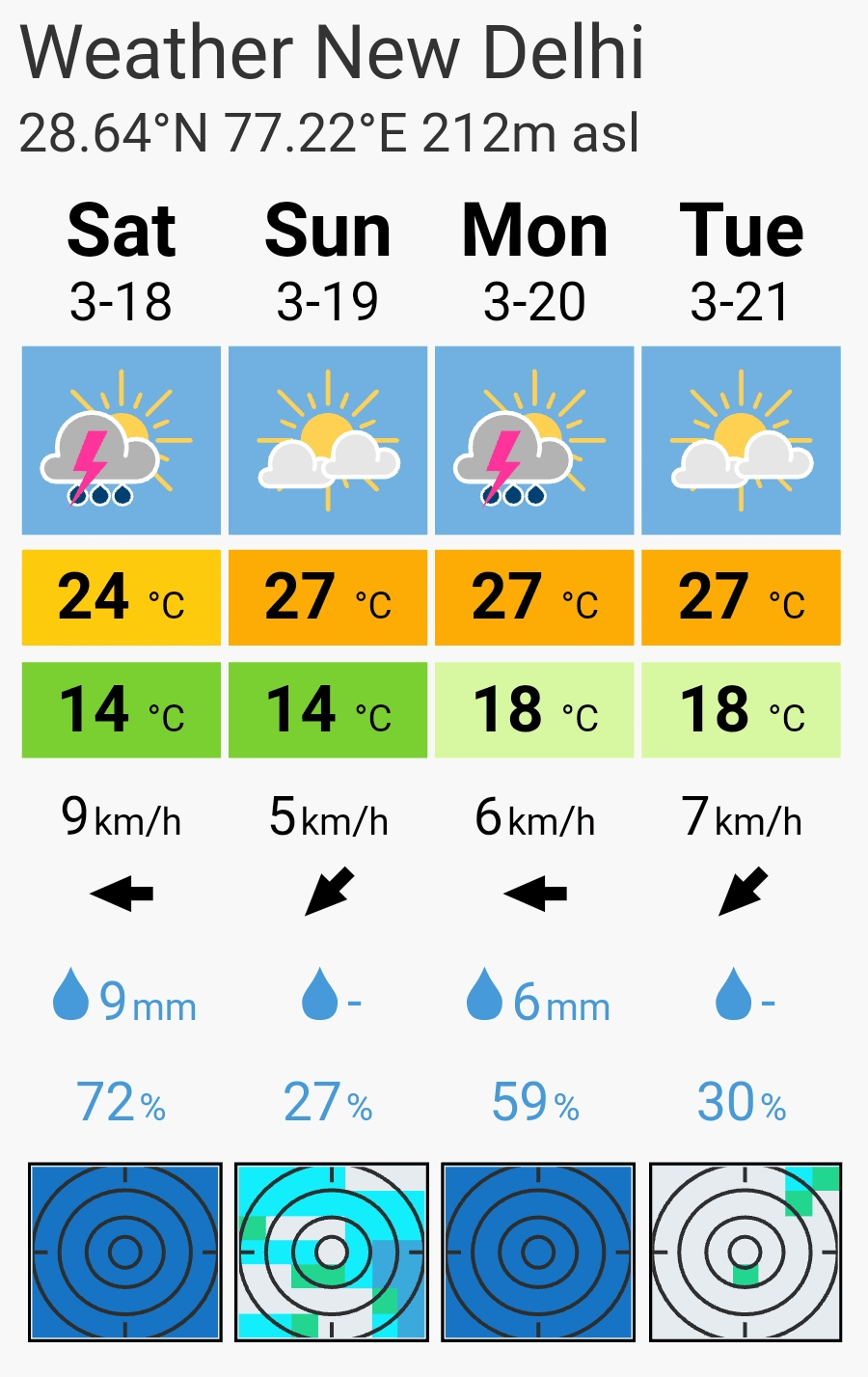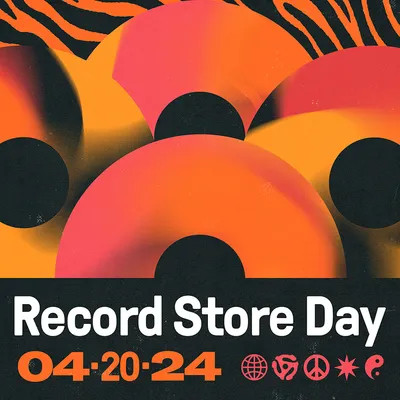Raga CDs of the months (07/10): Ragas in Indian Monsoon (Rainy Season Ragas)
Posted by ElJay Arem (IMC OnAir) on September 25, 2007
The October edition has a new thematic with focus onto Indian Monsoon Ragas, e.g. the rainy season ragas Megh, Megh Malhar, Miyan ki Malhar and Gaud Malhar , played on the Mohan Veena (Indian Slide guitar), the Sarode and by vocals.
date of broadcasting: 2nd Oct 2007 – 09:00 p.m. (METZ)
broadcasting plan | streaming (Internet Radio & Mobile Radio) | podCast
On 2nd Oct 2007 in our regular show “Raga CDs of the Month” you can listen easily to some new examples of original Indian Classical Music interprated by renowned music maestros out of India.
Ragas in Indian Monsoon
M e g h – M a l h a r
Indian Ragas are played at certain times (day/night) or seasons (Ritu). The Ragas of the seasons and Monsoon (beginning of July till October) can be played at every day and night time.
In Hindustani music, the North Indian classical style, the strongest expression of Raga compositions appears to the rain season. The range of the emotional expression from “majestic” (veer Rasa), “pathetic” (Karuna), joyful (Sringar) to “in isolation imprisoned” (Viraha-Sringar).
Indian Monsoon @ Wikipedia
In India the rain season (Megha – Barkha Ritu) lies between hot summer season (Bhairavi) and autumn (Pancham). With Monsoon time (Varsha Ritu) the post Monsoon (Sharad Ritu = autumn) is connected. Sharad Ritu begins at the full moon time in October (in 2007 on 10/10/).
The deep doing solidarity of the Indian population with nature is particularly expressed by the Monsoon ragas which can cover/express the whole nuances and shades of human emotions. – It’s characteristic for Indian culture to be inspired from the nature world does nature on it’s own reflect the Divine.
Indians associate the Monsoon with heavy, dark clouds, hoists (strong winds), rain, flash lightning and the ‘get together’ of lovers on thunderstorm evenings, a frequent motive in Bollywood scores. Particularly the characteristics of Monsoon is awarded for let be the loving most romantically.
In the time of post Monsoon – Sharad Ritu – dominate hunting melodies and singing with themes of cloud-imposed moons, cool nights, Krishna, loving and be-loved ones.
The term Malhar (Mallar or Malaar) is co-relating with the season of the rain. Malhar means “that one, which washes away the dirt”. For Indian Monsoon preferentially Raga s from the Malhar group are performed.
The Raga Malhar expresses the joy of the bloom time. It is a peacefully and refreshing Raga, with a seven (7) note scale, a complete Raga. Outside of the rain time the Malhar Ragas can be sung & played at the late evening hour or in early morning.
Over centuries Raga Megh was the main raga of the Malhar family. Later (and until today) Megh has been replaced of Raga Miyan ki Malhar.













Leave a comment